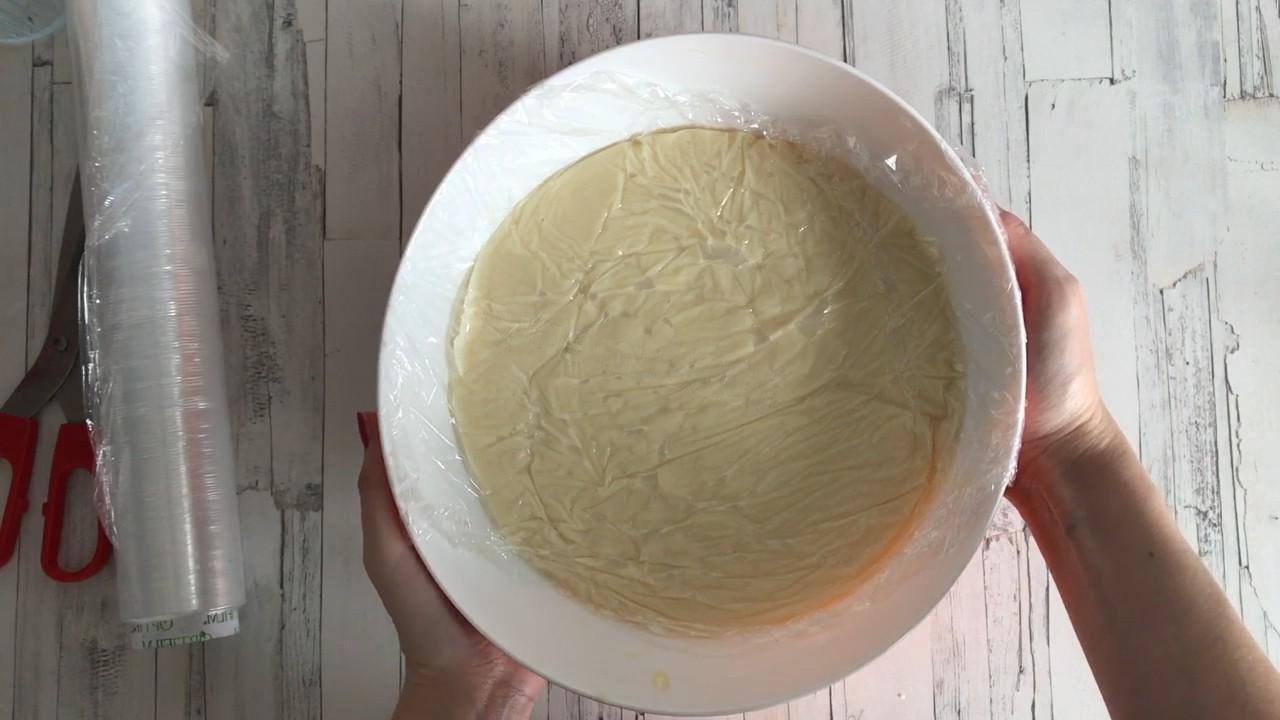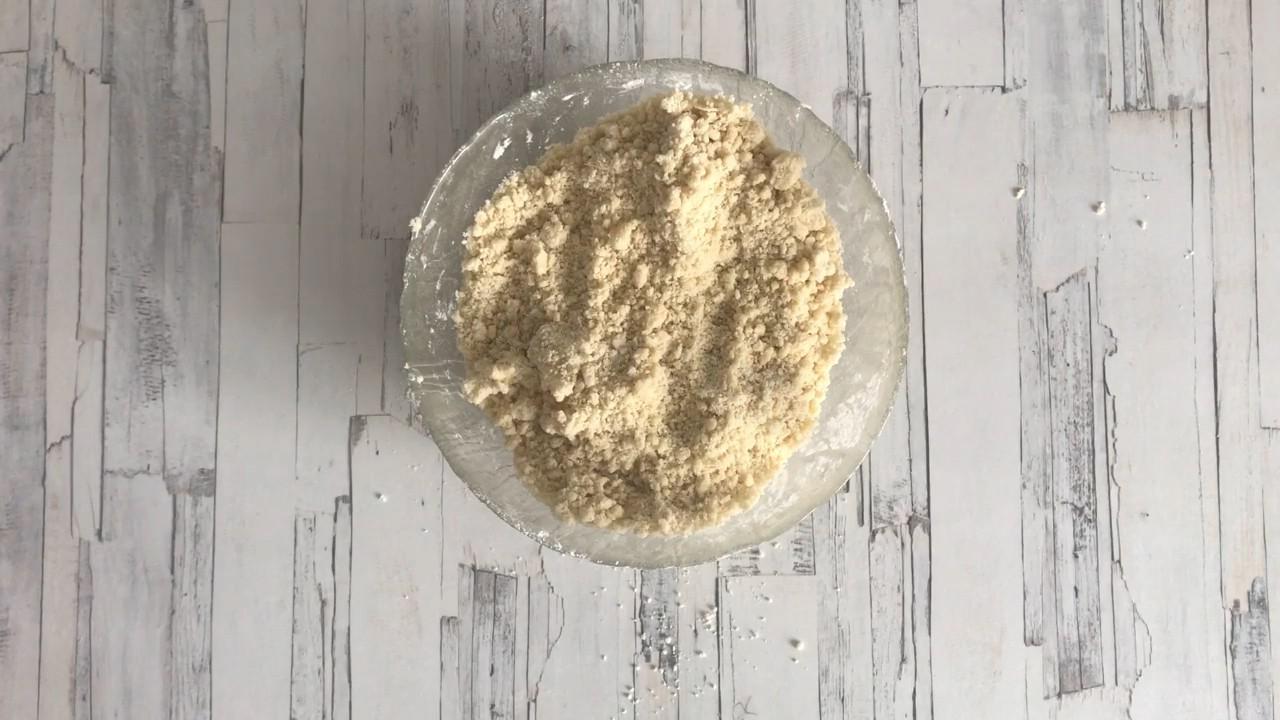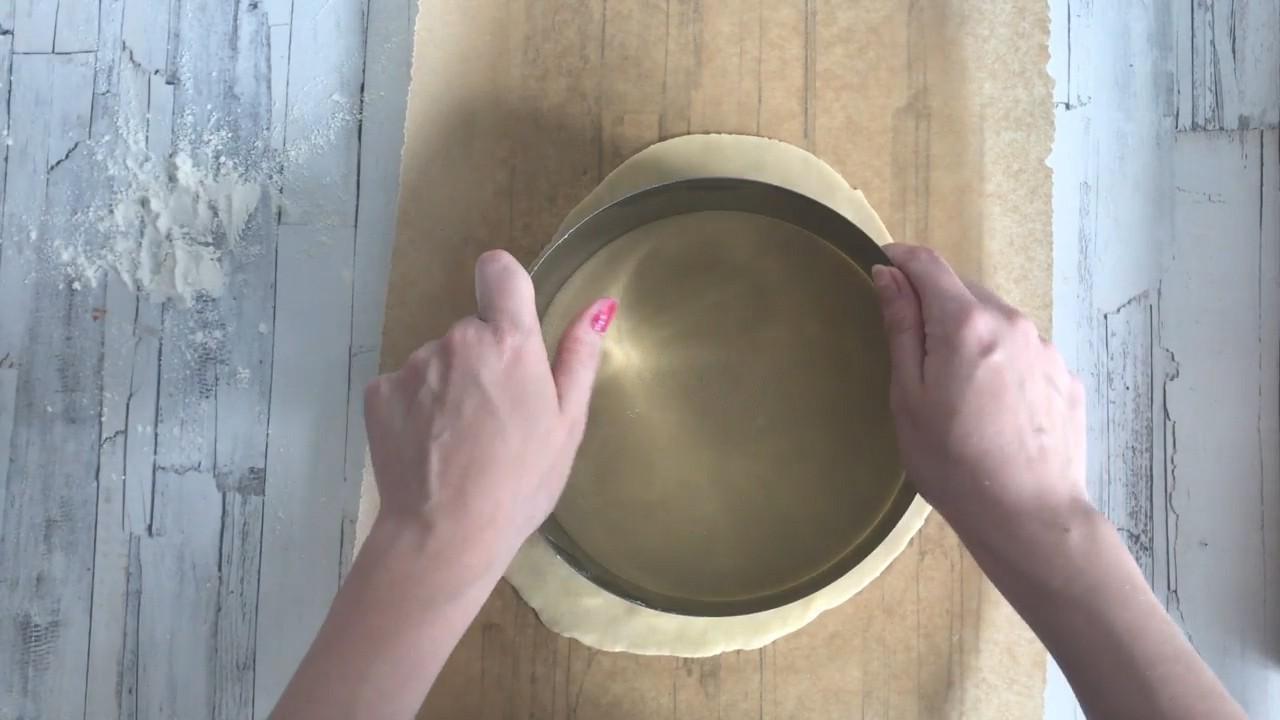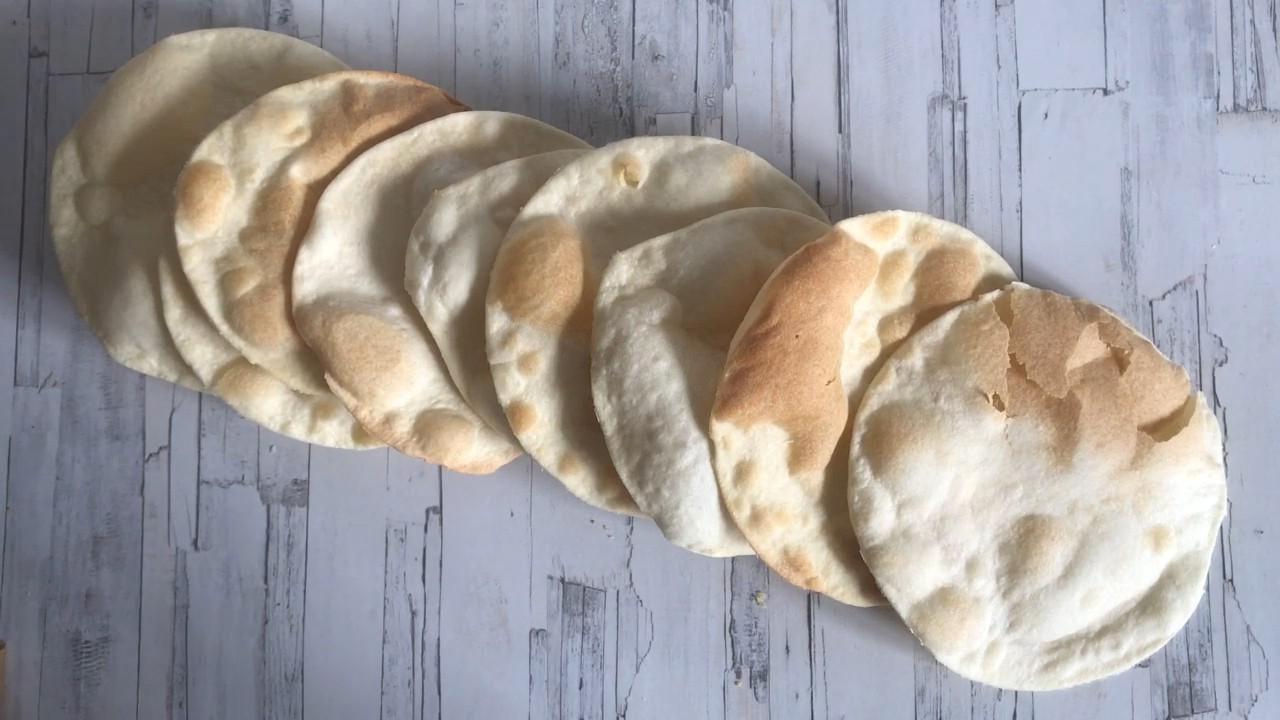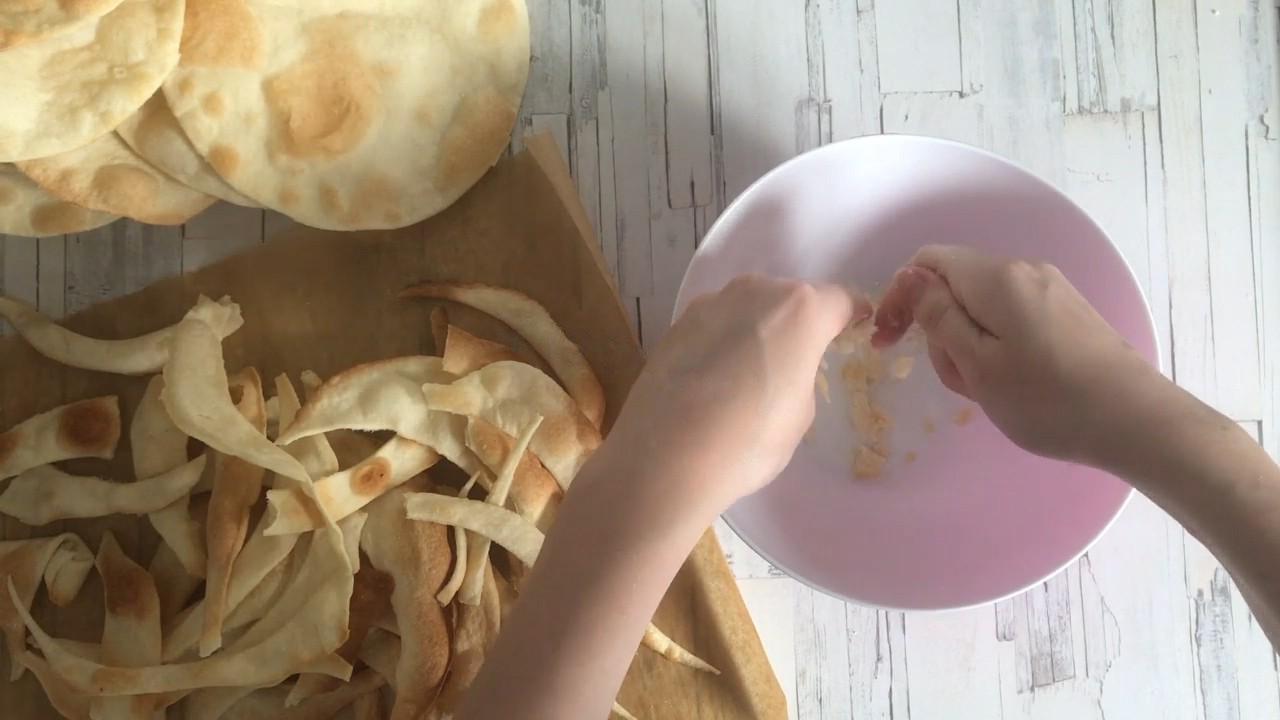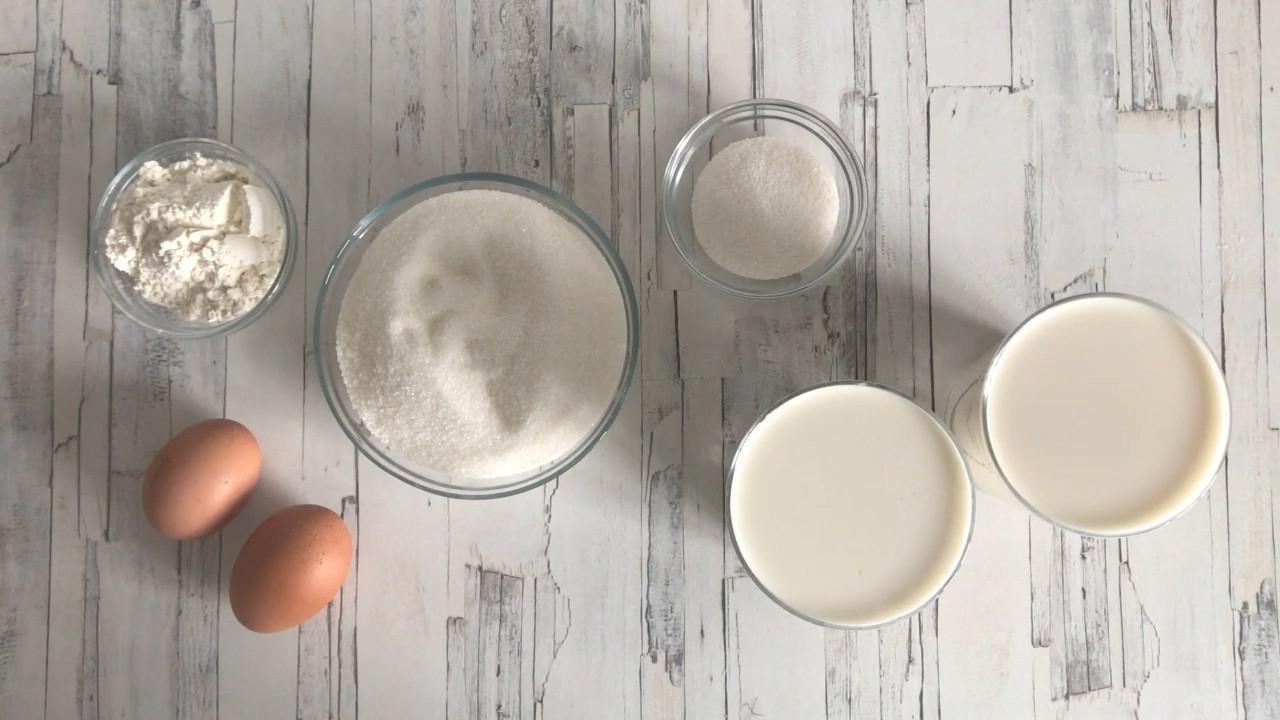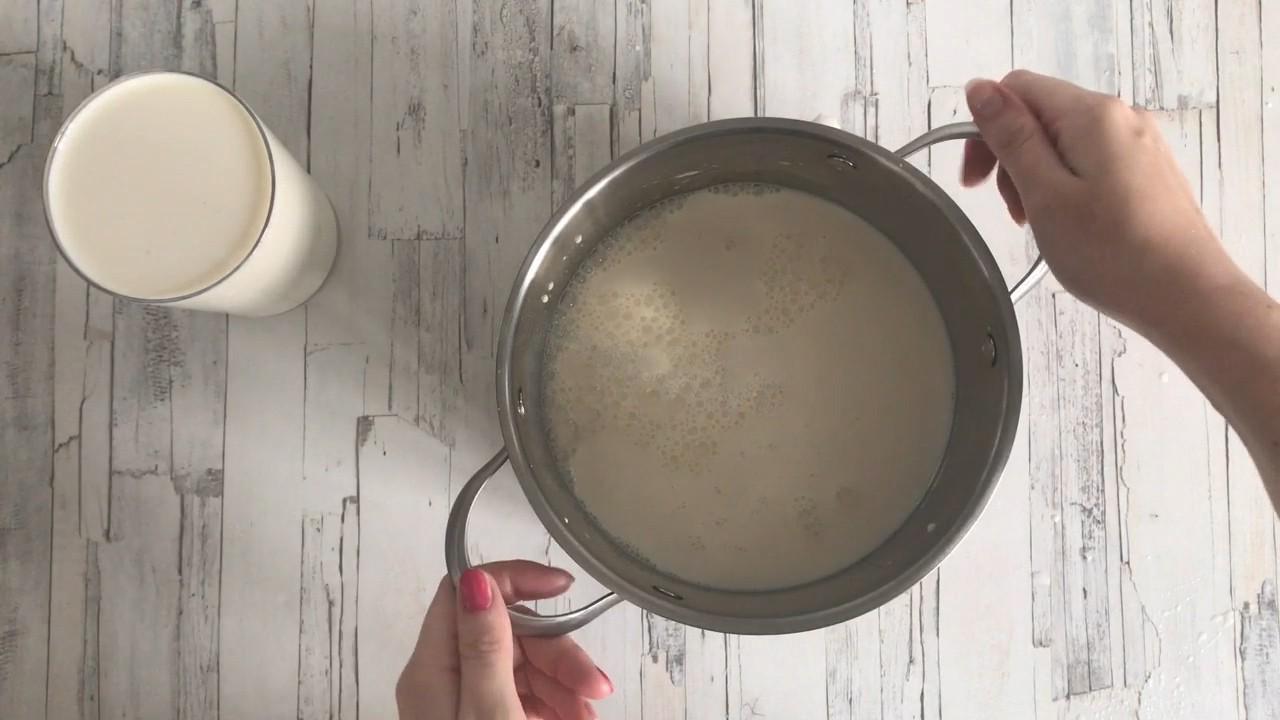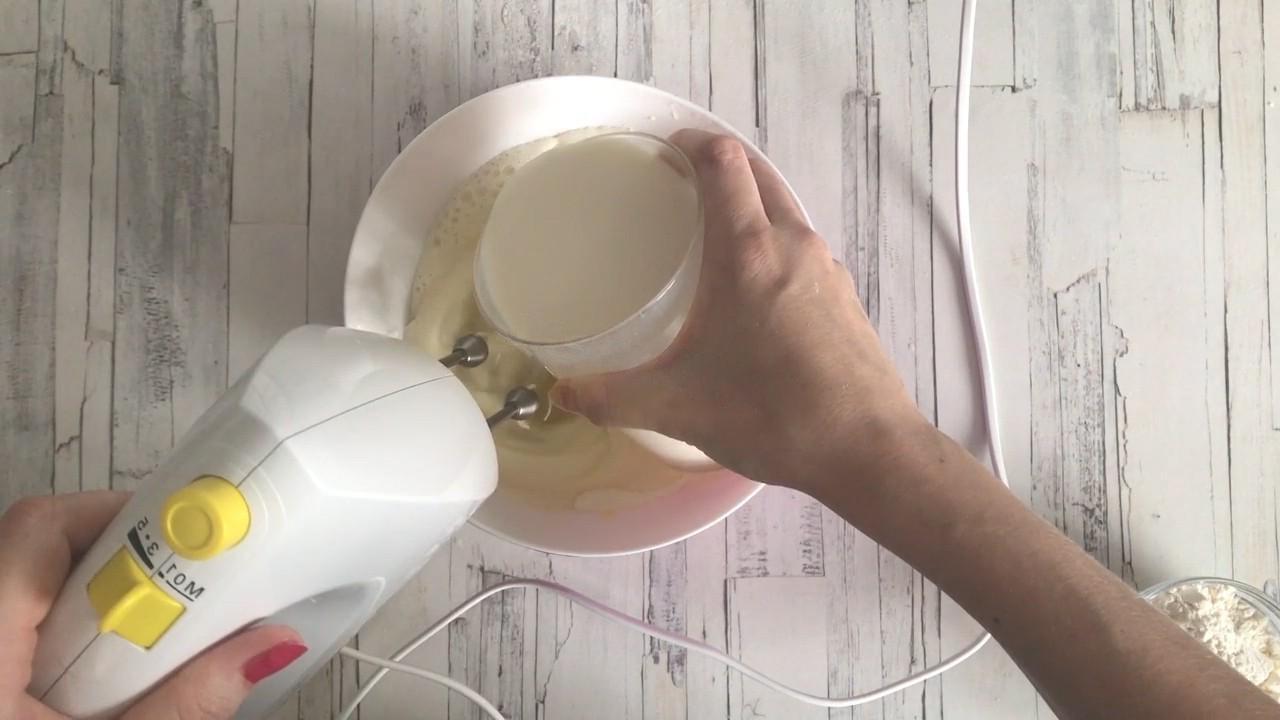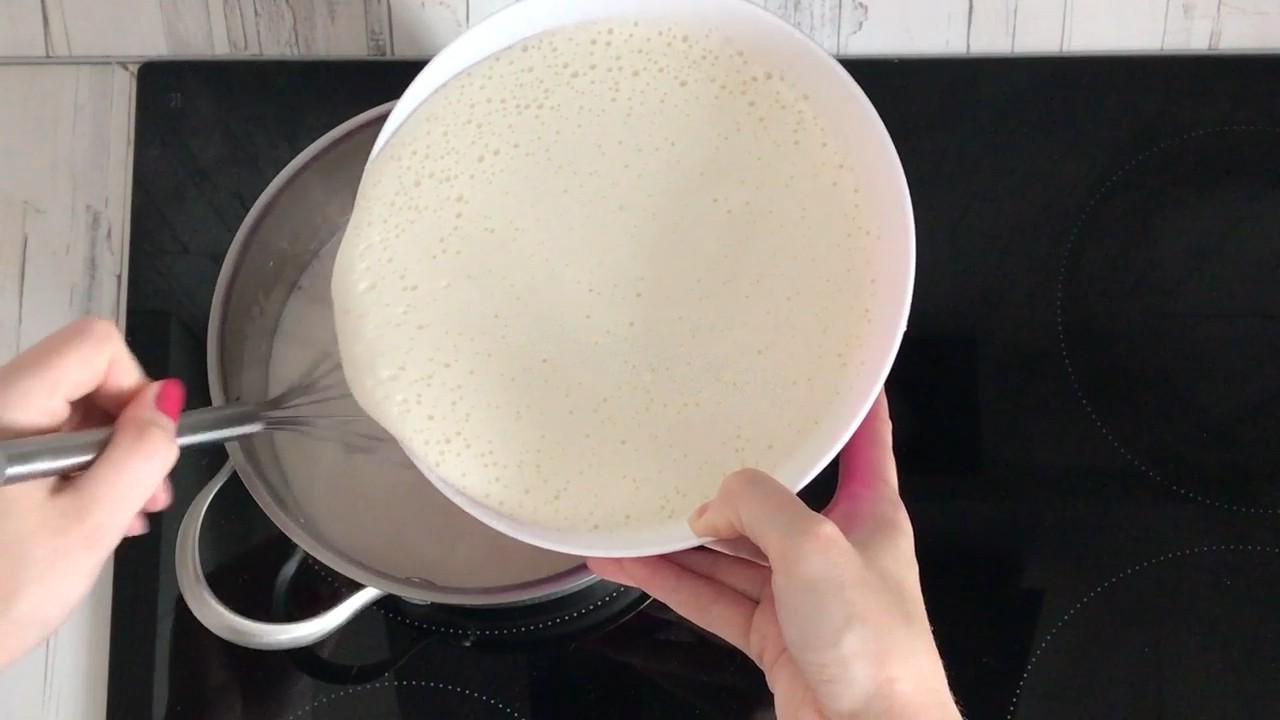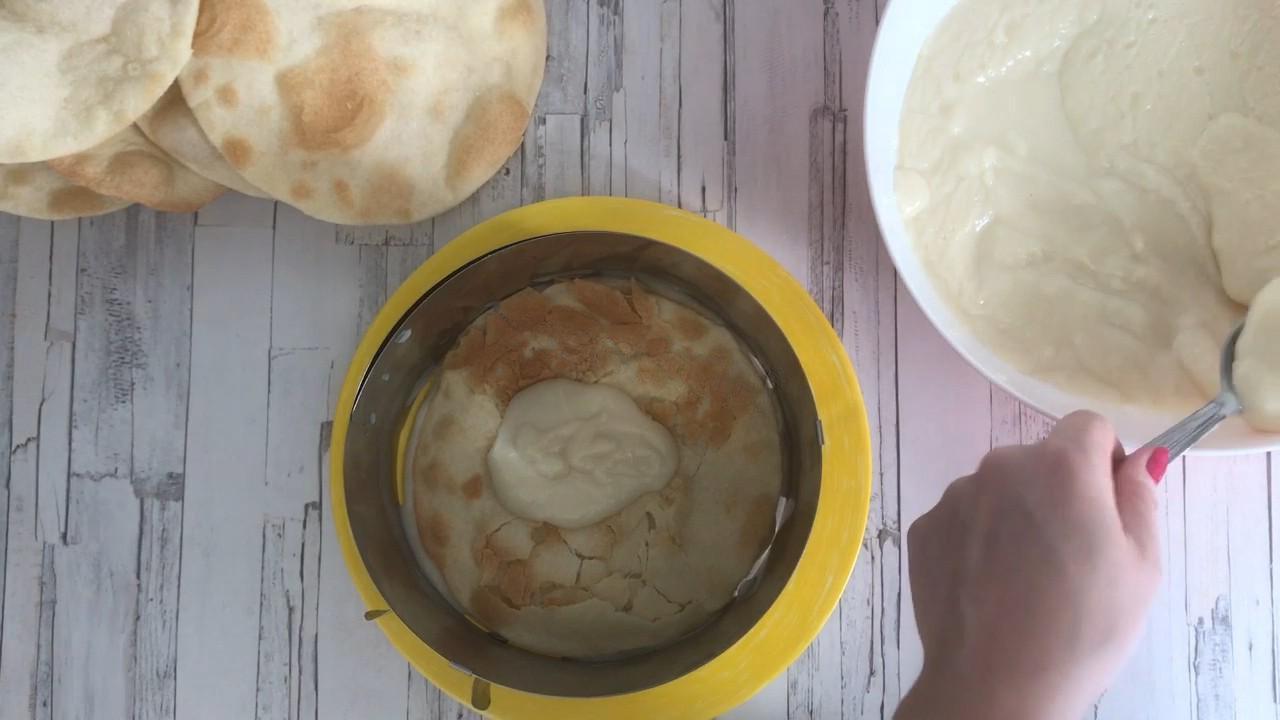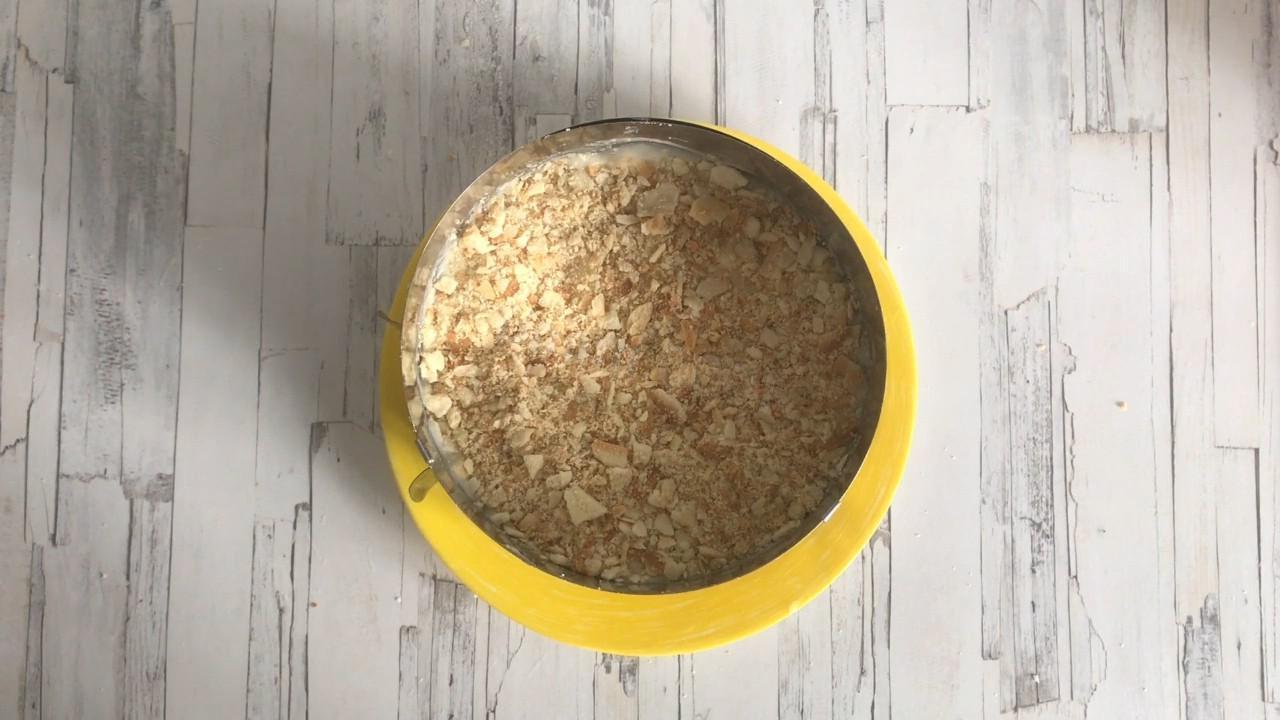Easy Homemade Napoleon Cake
A favorite dessert for a cozy family tea party. Making a quick Napoleon cake is not at all difficult, and the products you will need are the simplest and most affordable. The result will be a tender and delicious dessert for tea, beloved by many.
cook time:
2h
Gavin Tanner

Nutrition Facts (per serving)
251
Calories
12g
Fat
30g
Carbs
4g
Protein
Ingredients (10 portions)
Dough:
Wheat flour
400 g
Butter
250 g
Water
100 ml
Cream:
Sugar
300 g
Wheat flour
2.5 tbsp
Milk
1 l
Eggs
2 pc
Vanilla sugar
2 tbsp
Recipe instructions
Step 1
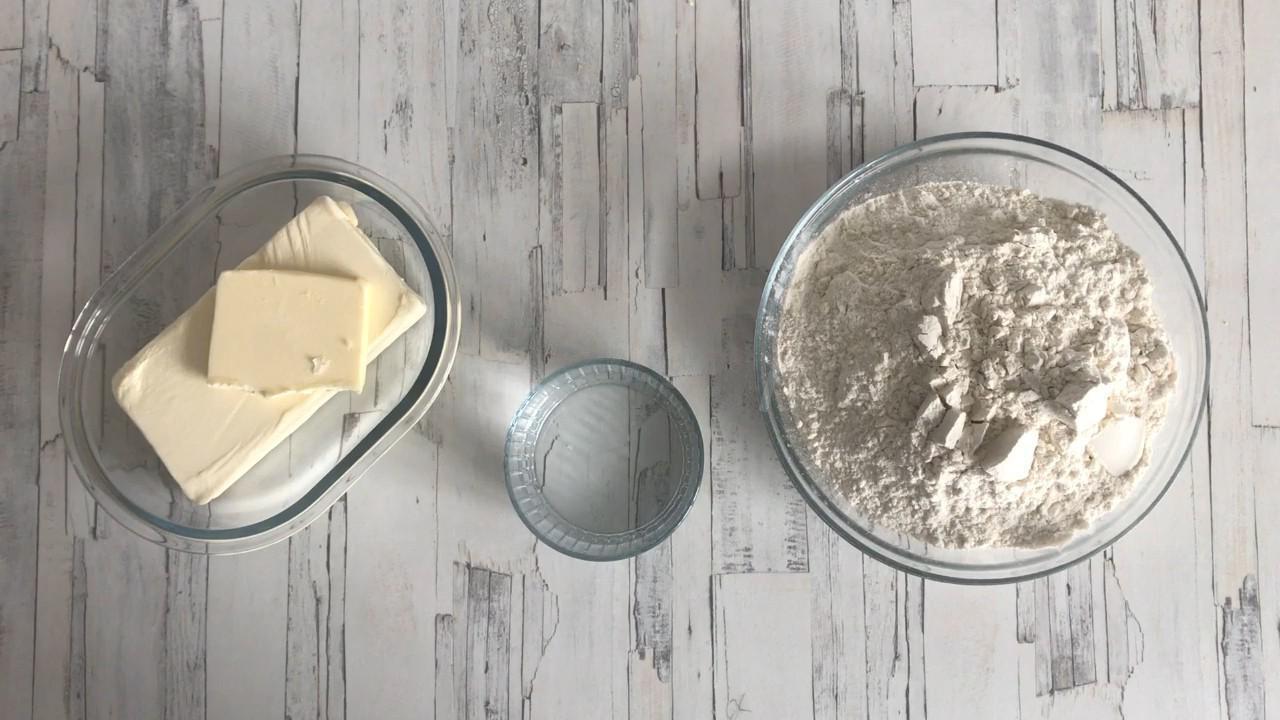
Step 2
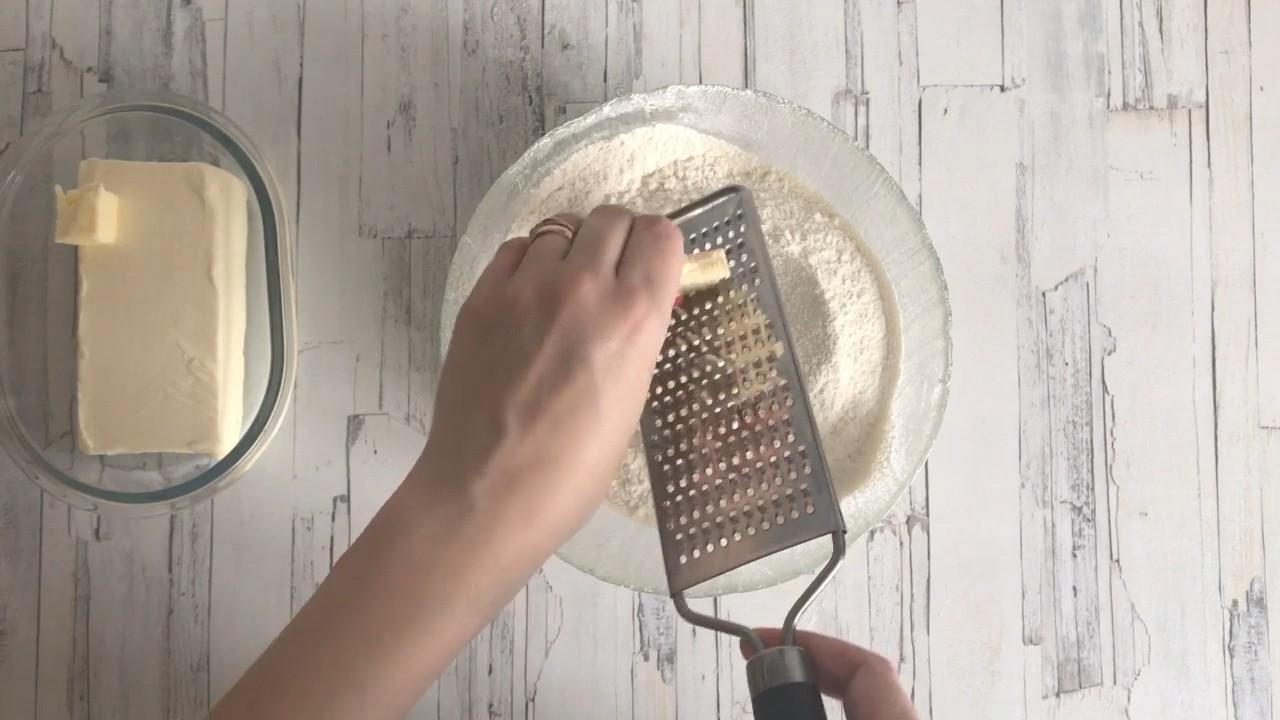
Step 4
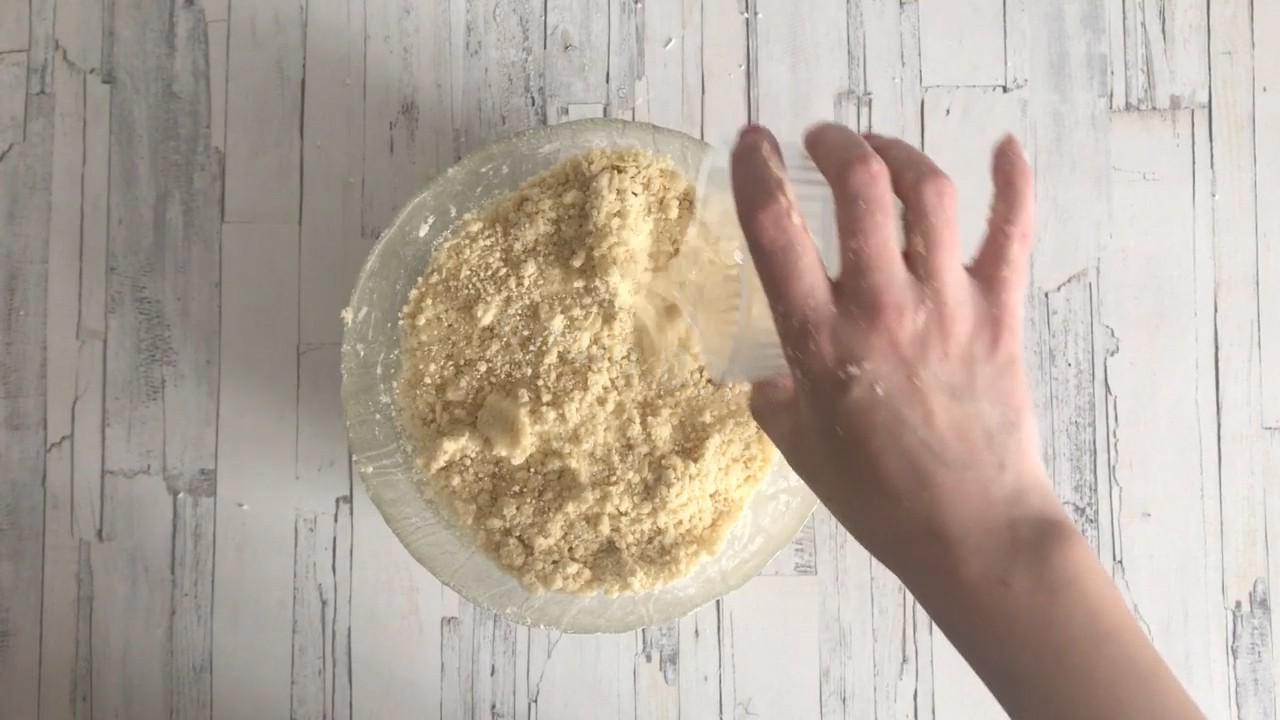
Step 5
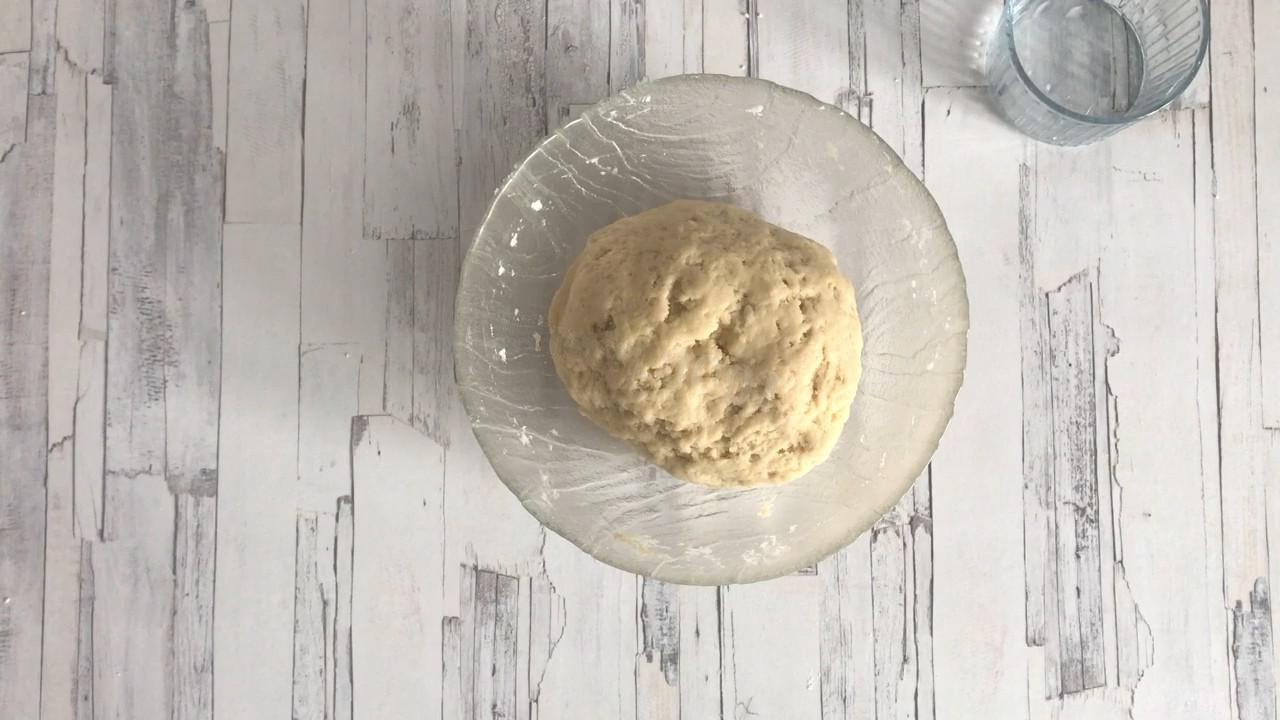
Step 6
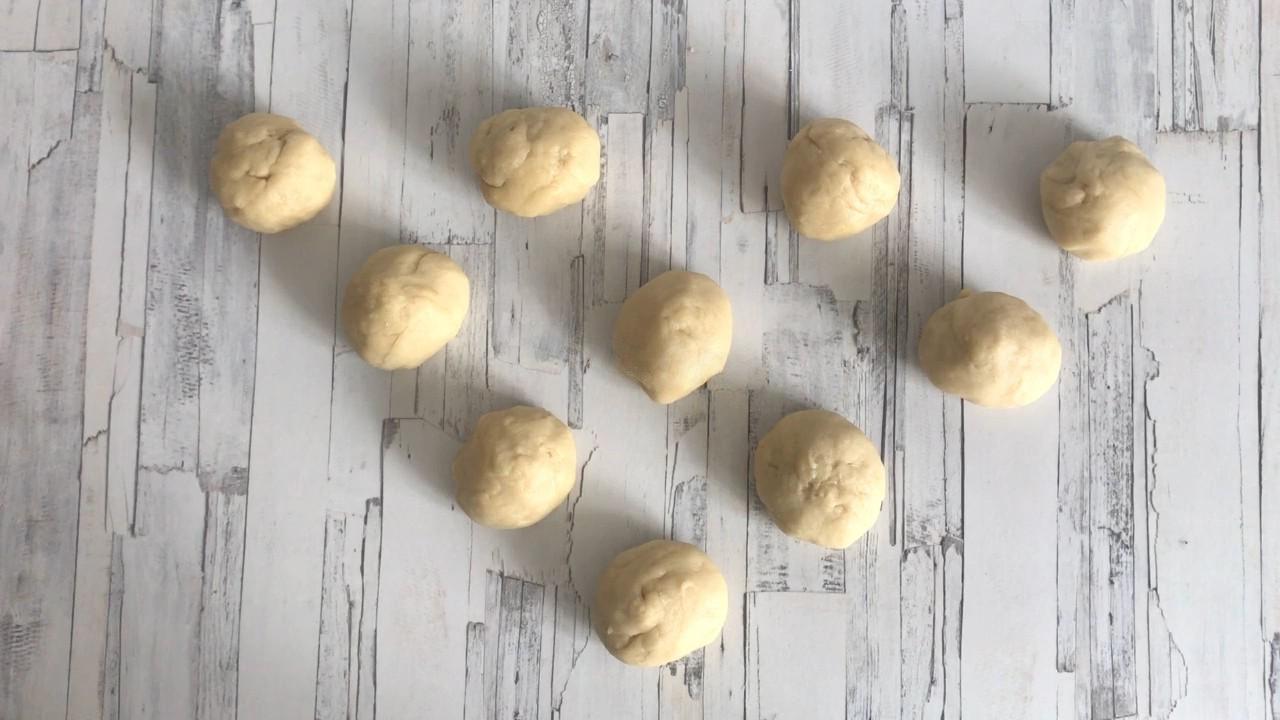
Step 7
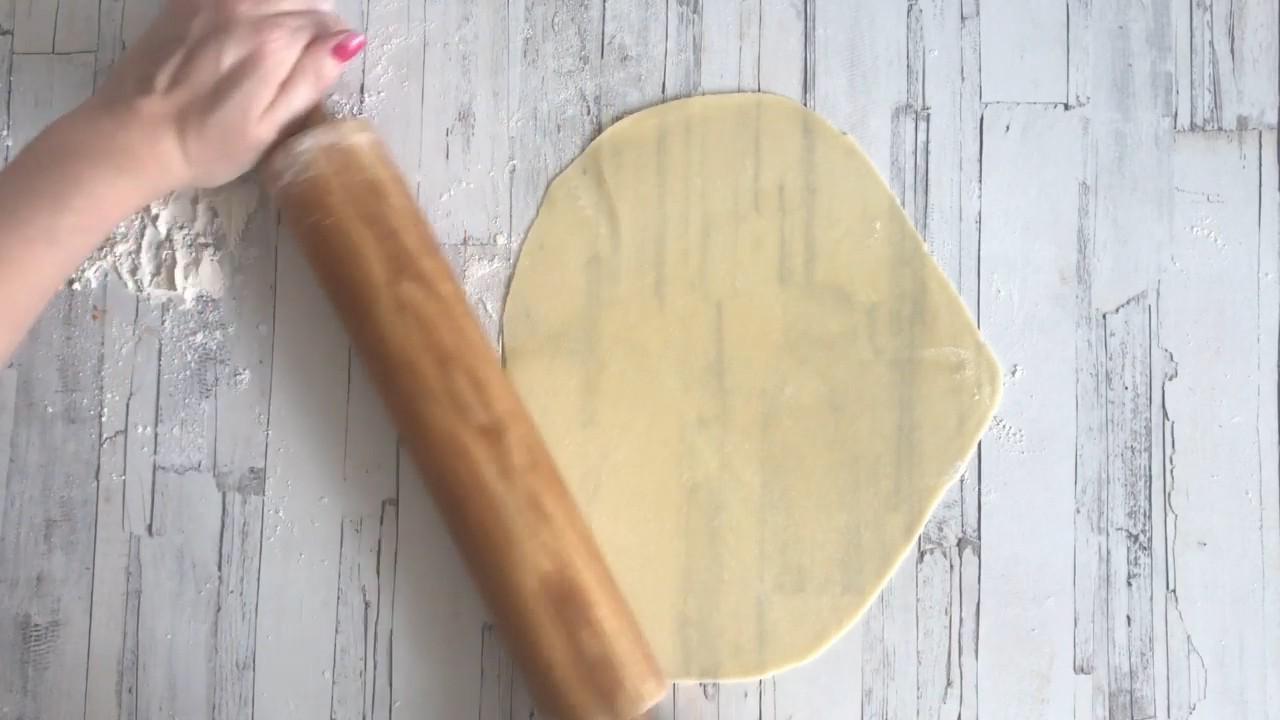
Step 9
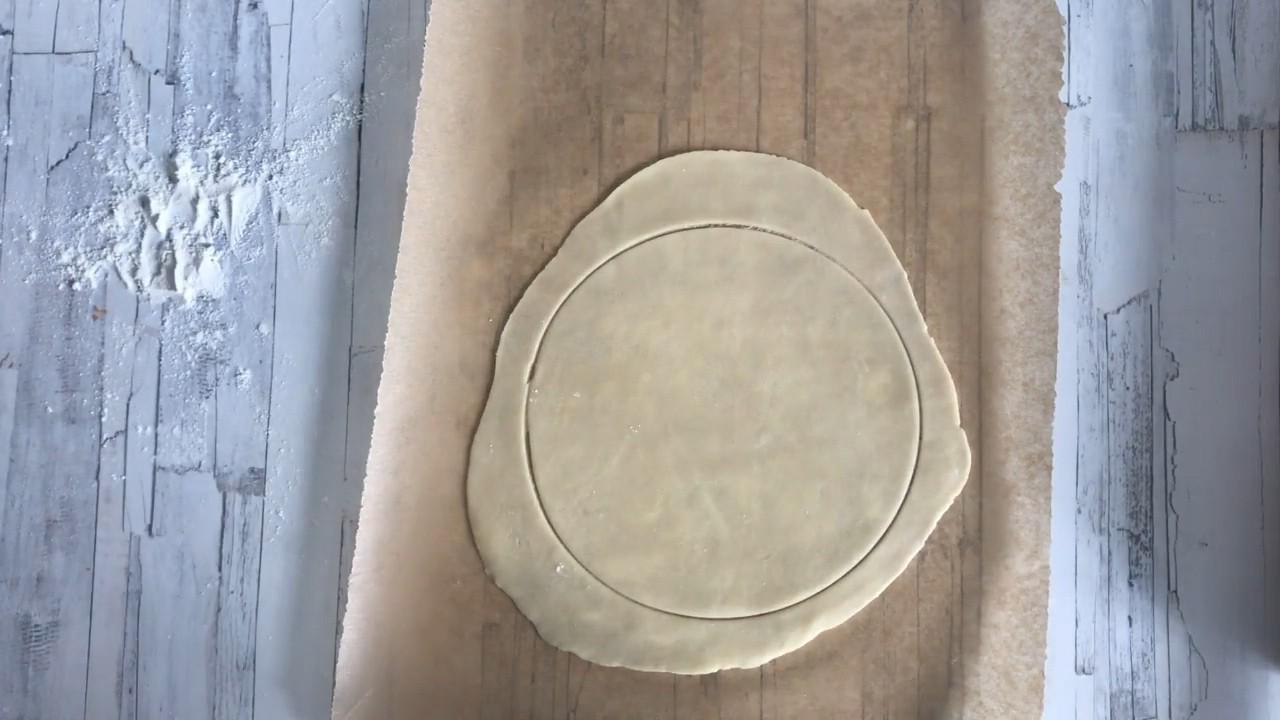
Step 14

Step 17
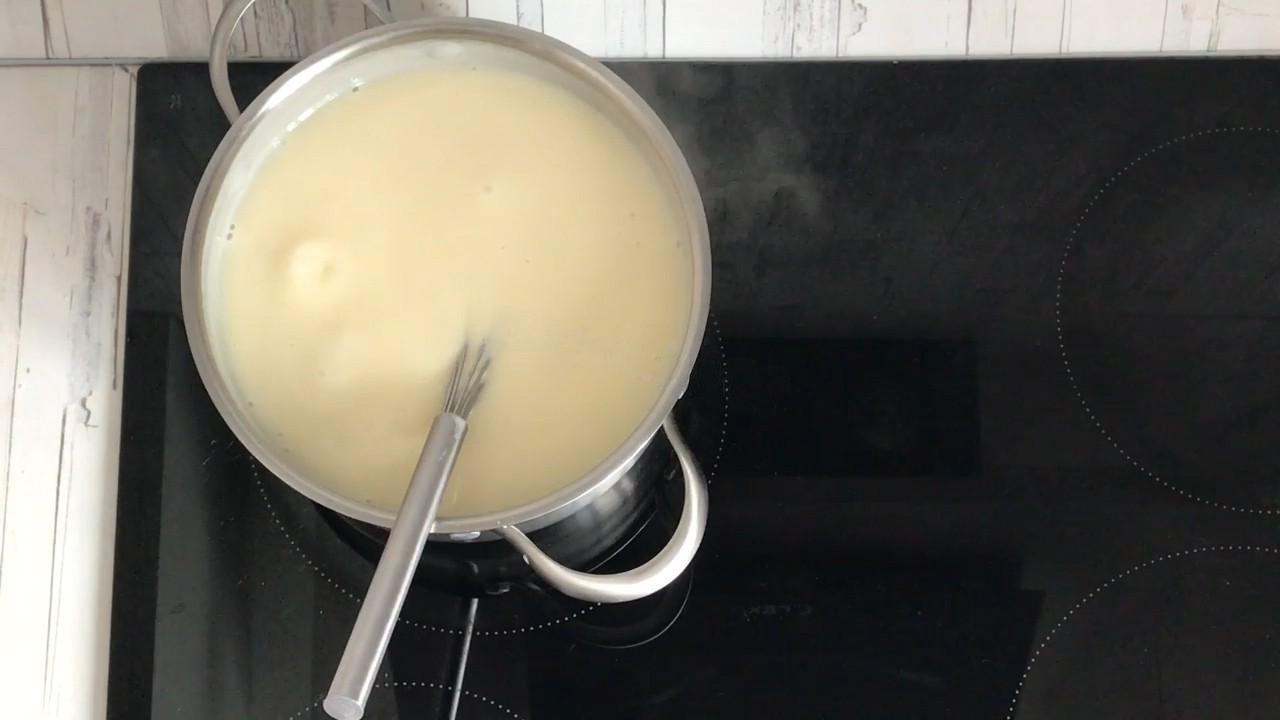
Step 18
